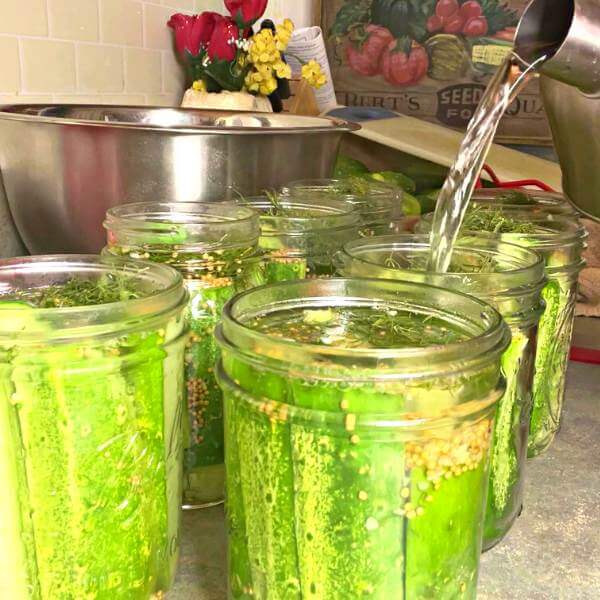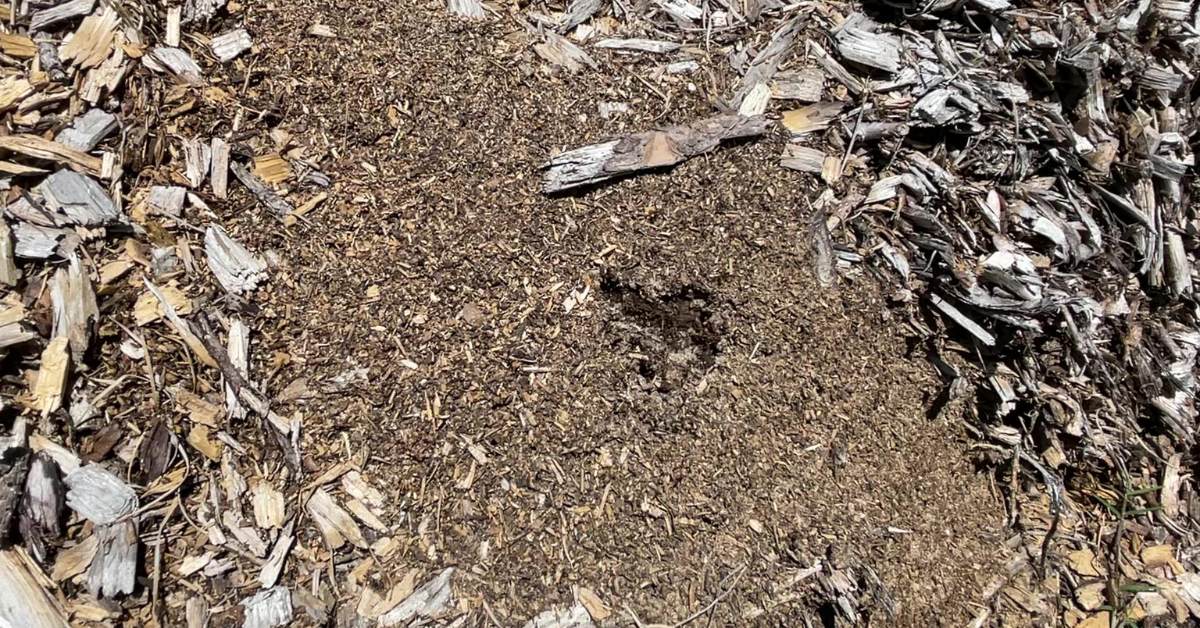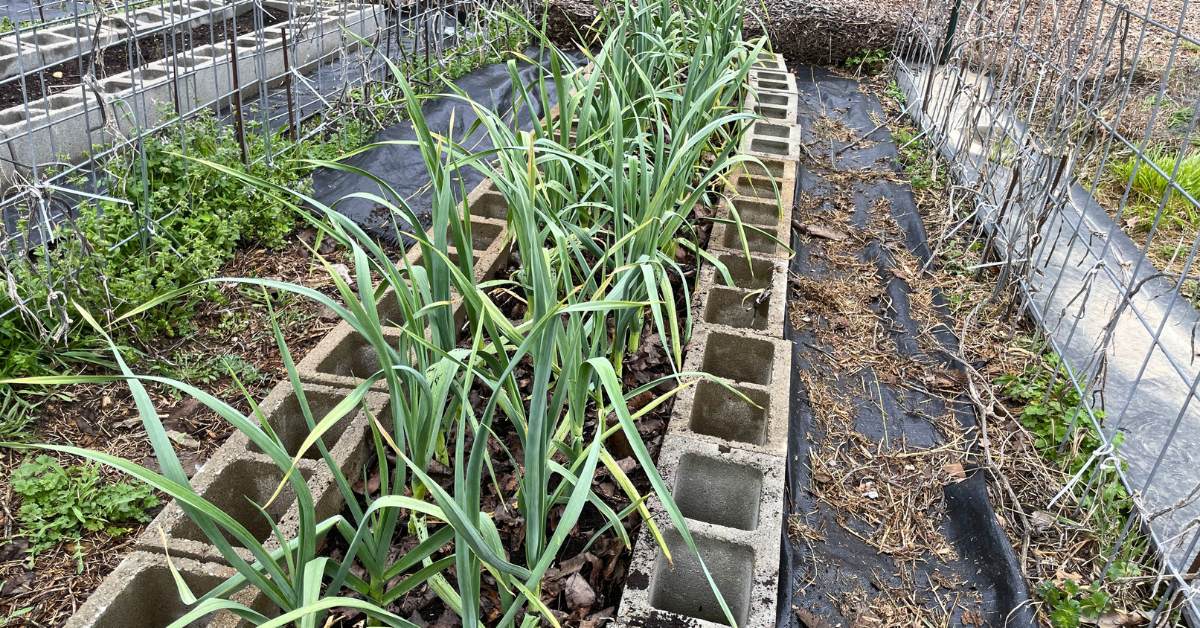Pickling cucumbers is a fantastic way to preserve their freshness, making them last longer while adding a tangy flavor that many people love.
It’s a simple process that has been around for centuries, and it’s easy for beginners to dive into at home!
There are a variety of ways to pickle cucumbers, but the most popular method involves using vinegar as the main preserving agent.
For those who prefer a sweeter taste, adding sugar to the brine is an option as well.
Different types of vinegars such as white, red wine, or apple cider vinegar can also be used to customize the flavor of your pickles.
The Pickling Process
Homemade Brine
When pickling cucumbers, the key component is a well-prepared brine. A basic brine consists of salt, sugar, water, and vinegar.
To create the ideal homemade brine, follow these simple steps:
- Combine equal parts water and vinegar in a pot. A 1:1 ratio is perfect for maintaining a good balance of flavors.
- Add canning salt to the mixture. The amount of salt may vary depending on your taste preferences. Remember, canning salt just means salt with no additives (like iodine) or anti-caking agents.
- If you prefer sweet pickles, include sugar in the brine. However, this is optional and can be adjusted based on your desired taste.
Packing the Jars
After the brine has cooled, it’s time to combine it with your cucumbers and begin the pickling process:
- Ensure the cucumbers are thoroughly clean and cut into uniform sizes—this allows for even pickling.
- Place the cucumbers in a clean, sterilized jar.
- Make sure the cucumbers are fully immersed in the pickling liquid.
- Seal the jar, and refrigerate.
Congratulations! You’ve successfully made your own batch of pickled cucumbers. Keep in mind that the pickling process takes time, and the flavor will continue to develop the longer the cucumbers sit in the brine.
We prefer to can our pickles to make them shelf-stable. If you’re interested in canning pickles, see our instructions below.
Choosing Cucumbers
It’s essential to choose the right type of cucumber for your pickling adventure, taking into consideration the final texture and flavor you desire in your pickles.
Check out our complete guide to the best cucumbers for pickling.
Here’s a short list of our favorites:
- Boston Pickling
- National Pickling
- Kirby
- Calypso
Selecting Spices and Flavors
Though the basic brine is the same for most pickles, you can change up the spices to get a wide variety of flavors.
Here are a few of the most common flavor profiles:
Dill Pickles
Dill pickles are a classic choice, featuring a tangy and fresh taste. The essential ingredients to achieve this flavor are:
- Fresh dill: Provides the signature dill flavor
- Garlic: Adds a savory depth
- Mustard seeds: Enhance the tangy taste
- Peppercorns: Lend a slight spicy note
- White vinegar or cider vinegar: The base for the pickling brine
- Kosher salt: Balances the acidity of the vinegar
In addition to these staples, bay leaves and oregano can be used for an extra layer of flavor.
Sweet Pickles
Sweet pickles offer a balance of sweetness and tanginess, making them a tasty addition to any meal. The main ingredients for sweet pickles include:
- Cider vinegar: Gives a milder, slightly sweet base for the pickling brine
- Sugar: Provides the sweetness
- Mustard seeds: Adds a tangy taste
- Bay leaves: Contribute a subtle, aromatic flavor
- Turmeric: Lends a delightful hue
To create various sweet pickle flavors, you can experiment by adding spices like cinnamon or cloves.
Spicy Pickles
For those who can handle the heat, spicy pickles are a great choice. The key ingredients for spicy pickles are:
- White vinegar: The base for the pickling brine
- Kosher salt: Balances the acidity of the vinegar
- Red pepper flakes: Adds heat and spice
- Fresh dill: Complements the spice with a fresh taste
- Garlic: Enhances the savory aspect
- Jalapeno: Brings additional heat
You can adjust the heat level by using more or less of the red pepper flakes and jalapeno.
Methods of Pickling
Quick Refrigerator Pickles
Refrigerator pickles are a quick and easy method of pickling cucumbers. As the name suggests, these pickles are stored in the fridge and are not shelf-stable. To make refrigerator pickles:
- Slice the cucumbers evenly using a knife or mandolin.
- Prepare a brine using equal parts vinegar and water, and pickling salt or canning salt for flavor.
- Add herbs and spices to the brine (optional).
- Combine the cucumbers and brine in an airtight container.
- Chill the mixture in the fridge. Enjoy within a month.
Canned Pickles
Canned pickles are preserved using a canning process, making them shelf-stable. This method requires a bit more equipment and time compared to the other methods. To make canned pickles:
- Sterilize canning jars and lids.
- Pack sliced cucumbers tightly into the jars, leaving 1/2 inch of headspace.
- Prepare a pickling brine in a stainless-steel saucepan by combining vinegar, water, and salt.
- Bring the brine to a rolling boil, then pour over the cucumbers, covering them completely.
- Debubble and wipe rims.
- Place new, clean lids on the jars and process them in a boiling water bath for 10-15 minutes. Adjust the processing time for your elevation.
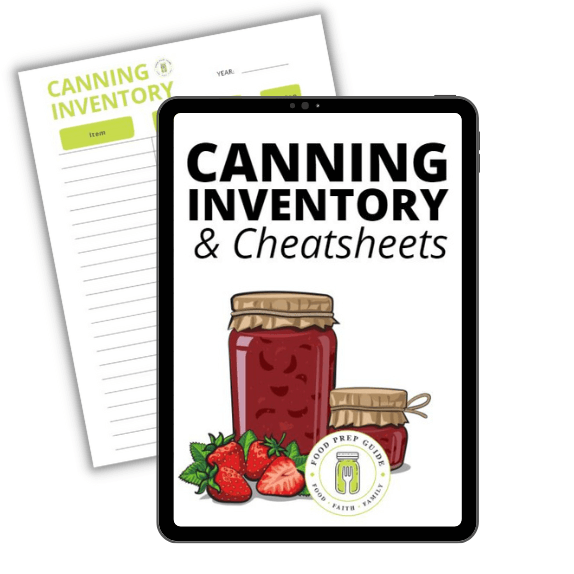
Fermented Pickles
Fermented pickles are made using a fermentation process, resulting in a tangy, probiotic-rich snack. To make fermented pickles:
- Wash and slice the cucumbers, and pack them tightly into a clean fermenting jar or container.
- Prepare a brine using non-chlorinated water and pickling salt or canning salt.
- Pour the brine over the cucumbers, ensuring they are completely submerged.
- Add fermentation weights to keep the cucumbers submerged, and seal the container with an airlock to allow gases to escape.
- Store the container in a cool, dark place for 1-4 weeks, depending on your taste preference.
Serving Suggestions
Forgive me for stating the obvious, but you can’t go wrong with putting your pickled cucumbers on a burger.
If your burgers include condiments like ketchup or mustard, pickles can bring an extra layer of flavor and zest to the mix.
As a side dish, pickled cucumbers can be versatile, complementing various meals with their unique taste. They work exceptionally well alongside a charcuterie board, where they can provide a slightly tangy contrast to rich cheeses and cured meats.
You can also serve pickled cucumbers with grilled meats, seafood, or BBQ dishes.
We also like to chop them up and add them to potato or pasta salads for a tangy twist.
Lastly, it’s worth noting that pickled cucumbers can be a delightful snack on their own. Enjoy them straight out of the jar, or serve them on small skewers or wooden picks to make easy appetizers.
Gherkins, in particular, are excellent for this purpose as they are already bite-sized and perfect for grabbing during social events or as a light, crunchy snack.
FREE FOOD STORAGE PLAN!
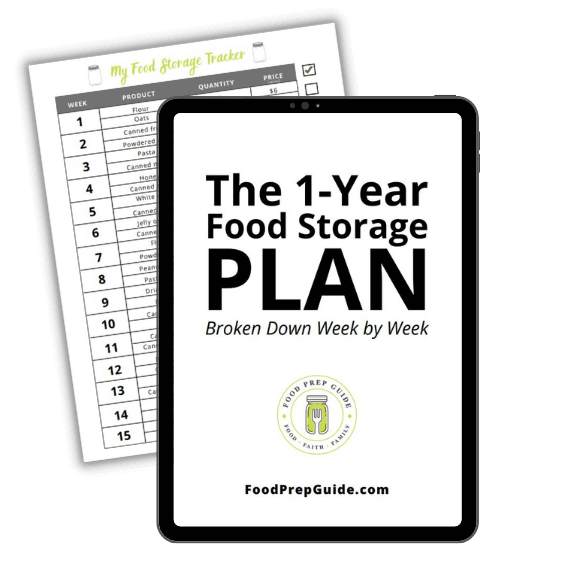
Does gathering and storing a year’s worth of food for your family seem overwhelming and unachievable?
Make it easy with our step-by-step plan. Subscribe to our weekly newsletter & we’ll send it to you FREE!
Frequently Asked Questions
What is the best recipe for pickling cucumbers?
Everyone has their own preference for pickling recipes. However, a classic recipe includes fresh cucumbers, garlic, dill, a brine made of vinegar and salt, and pickling spices. Ensure that you use fresh, undamaged cucumbers and clean them thoroughly before pickling.
How do I keep pickled cucumbers crispy?
To keep your pickled cucumbers crispy, follow these tips:
- Cut off the stems completely, as they contain an enzyme that can make the pickles mushy.
- Soak cucumbers in a tub of cold water in the refrigerator before pickling.
- Make sure your brine has an appropriate vinegar-to-water ratio, as too much water can lead to mushy pickles.
- Use pickling lime, pickle crisp, or another firming agent (if desired) to maintain crispiness.
What are some popular variations of pickled cucumber recipes?
There are many variations of pickled cucumber recipes, including:
- Bread and butter pickles, which have a sweet and tangy flavor.
- Spicy pickles, made with added chilies or hot sauce.
- Asian-style pickles, using ingredients like rice vinegar and soy sauce.
- Polish-style pickles, using more dill and garlic for a stronger flavor.
How can you prepare cucumbers for long-term storage?
When it comes to long-term storage, canning is the best method. Please see instructions above.
How long does the pickling process take?
The pickling process depends on the method used. Quick refrigerator pickles can be ready in as little as a few hours, but for full flavor development, it’s best to let them soak in the brine for at least 1-2 days. Canning pickles takes about 3 hours, which includes a two-hour soak.
Can you use regular cucumbers for pickling?
While pickling cucumbers are ideal due to their size, texture, and skin thickness, you can still pickle regular cucumbers. Just be sure to use fresh, unblemished cucumbers and cut them into even-sized pieces for consistent pickling results. Keep in mind that the texture might vary when compared to pickling cucumbers.


